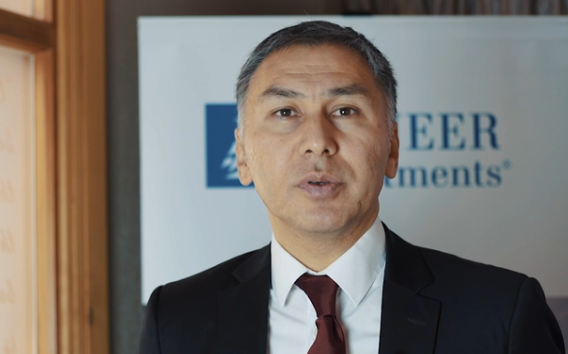American UHNWI Prefer to Own Vacation Homes in Mexico, Bahamas, UK, France, and the Caribbean
| For Fórmate a Fondo | 0 Comentarios

Ultra high net worth (UHNW) clients in the U.S. tend to own multiple houses overseas, with North and South America the most popular locations for their foreign properties, according to a study of proprietary data by AIG Private Client Group, a division of the member companies of American International Group.
The study’s findings helped the company develop a new multinational property coverage that serves U.S. UHNW clients with considerable overseas assets.
The AIG Private Client Group data looked at trends with clients who pay in excess of $250,000 in annual personal insurance premiums. These clients have particularly complex coverage and service needs to go along with their extensive global and domestic assets.
This population owns nine homes overseas, on average. Mexico, the Bahamas, and the Caribbean are three of the top 5 locations for these properties, accounting for 36% of the overseas home count. Two of the top five locations are in Europe. Overall, more than 50% of the homes owned by this group are in the Americas. The breakdown of the top countries follows:
- Mexico – 14%
- Bahamas – 13%
- England – 12%
- France – 9%
- The Caribbean – 9%
This study also found that this segment of UHNW clients also has on average:
- 19 regular-use vehicles
- $1.7 million in jewelry insured
- $19.6 million of fine art insured
The new AIG Private Client Group offering responds to these findings. It represents an important multinational collaboration between AIG’s Commercial and Consumer Insurance segments. It combines the policy service systems and global presence of AIG Commercial’s multinational insurance platform with the high-touch customer service and claims expertise of AIG Private Client Group.
“No other insurance provider in the high-net-worth space can provide this level of service in their global coverage,” said Gaurav Garg, President and CEO of Personal Insurance. “With AIG’s vast global footprint and capabilities, we are able to take another step forward in our commitment to being our clients’ most valued insurer. We are able to provide our high net worth customers with the AIG Private Client Group claims and underwriting experience that they are accustomed to, whether their homes are in the U.S. or overseas.”
In most cases, U.S. UHNW clients have had to rely on multiple coverages offered by different insurance providers spread across the globe to insure their overseas property, making it challenging for both clients and their insurance agents to access cohesive protection. With the AIG Private Client Group offering, however, clients can access coverage through one provider and also benefit from AIG’s risk mitigation and claims expertise.
Multinational property coverage complements other AIG Private Client Group offerings that are inherently global, including private collections, personal excess liability, and yacht insurance policies.
The coverage is also available to AIG Private Client Group clients with substantial assets but a smaller global footprint.













